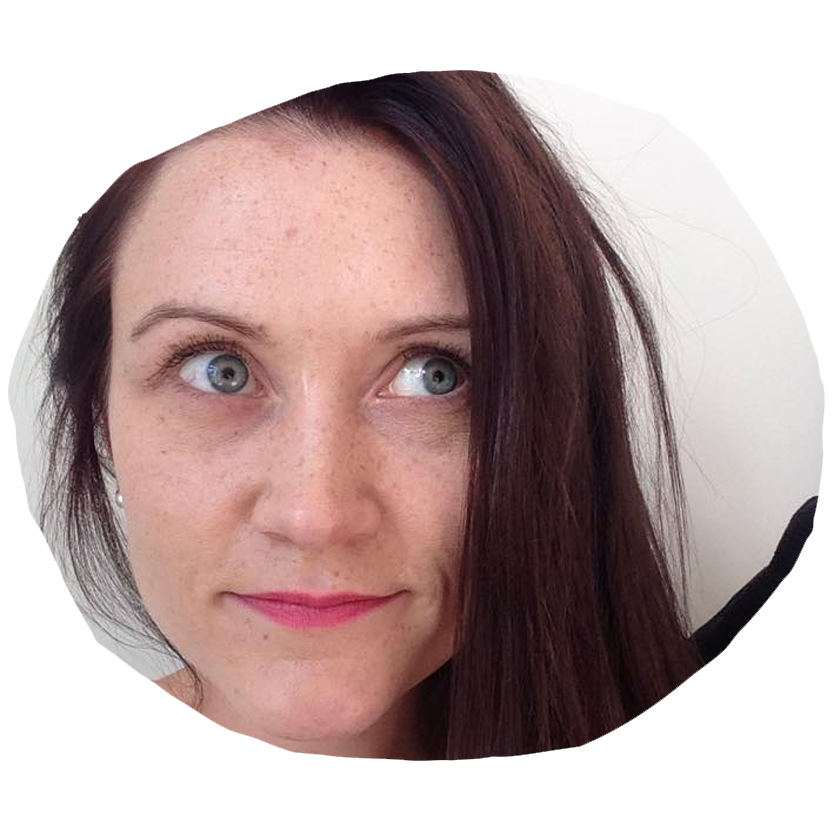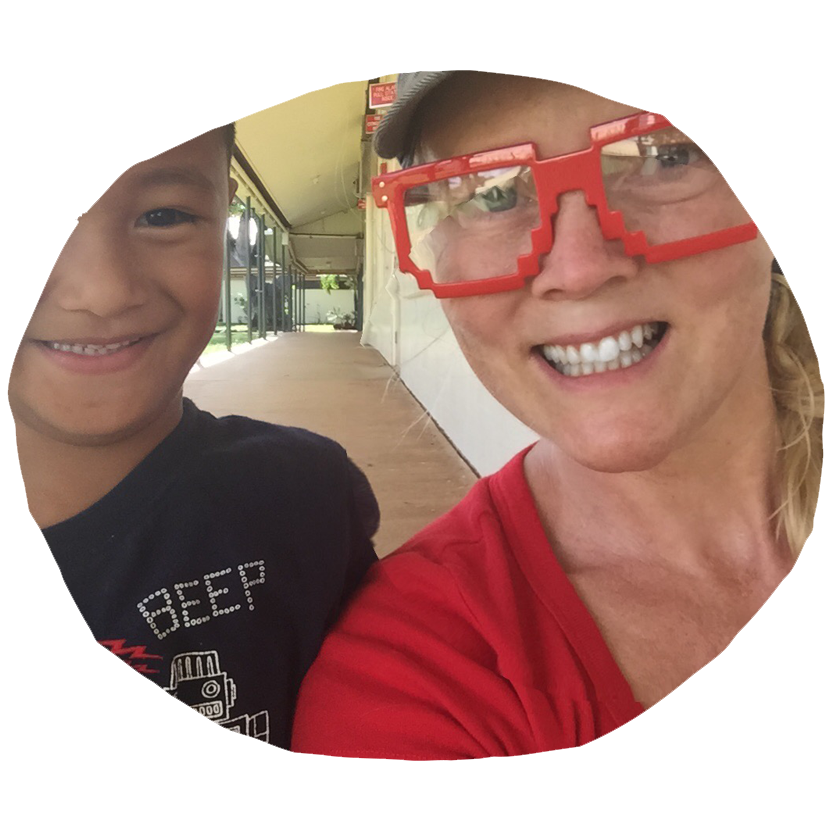ClASsROOm ReSOuRCEs
Download classroom resources to introduce computing to the students!
Computational Thinking poster (PDF, colors)
Timetable with Ruby and friends (PDF, b/w students can color)
Timetable with Ruby and friends (PDF, colors)
TED Residency: Crawling into a computer
A 6 minute talk on what is a computer. What if you could fall in love with a computer by falling inside of it? Goes together with the second Ruby book.
TED.com: Poetry of programming
A 12 minute talk on technology, programming and the first Ruby book
What is computational thinking?
A 4 minute video explaining what computational thinking is.
What is a computer?
A 4 minute video explaining what a computer is.
CoMMunItY
There's a wonderful community of teachers and educators around Hello Ruby who have created classroom content and curriculum aligned with the local standards around the Ruby books.
New York CS for All curriculum
Developed by NYC Department of Education, CS4ALL for the Software Engineering Program, Jr this curriculum is designed for K - 5th graders.
The Intro to Computer Science Unit is designed to introduce students to academic concepts and practices of computer science as well as begin developing their computational thinking. The unit consists mostly of unplugged activities, incorporating literacy and math skills through read alouds of Hello Ruby. Each lessons offers multiple activities for students to explore computer science and create classroom artifacts. The work is aligned with the common core standards of New York.
San Francisco Unified School District Computer Science team CSinSF
SFUSD's creative computing curriculum introduces computer science as a creative, collaborative, and engaging discipline to children in kindergarten through second grade.
Dutch Hello Ruby lesson plans for Hello Ruby: Een avontuurlijk sprookje over programmeren
FutureNL, TU Delft and Openbaar Onderwijs Groningen built a series of lesson plans around the first Hello Ruby book in Netherlands.
LeSSoN PLaNS
We've created a few lesson plans to help you take Hello Ruby in to the classroom. We'll address issues like:
Time required
Learning goals
School subjects
What you will need
Vocabulary
Teacher briefing
For more lesson ideas, go to helloruby.com/play and see what other teachers have built.
Lesson plan 1: My First Computer
My First Computer exercise is an introduction to the amazing machine that is the computer. Few things are as exciting as computers. And now kids will get to design their very own one.
Lesson plan 2: Who Am I?
Who am I is an exercise where you get to meet Ruby’s friends and learn deduction skills, self-expression and self-awareness.
Lesson plan 3: Universal Remote Control
Universal Remote Control is an exercise where children get to practice building a remote and giving commands. In the future, more and more things will be programmable. Imagine if everything had a computer inside and you’d have the universal remote.
To see all lesson plans, visit here
Educators <3 Ruby
We've collected a bunch of inspiring stories from educators around the world using Hello Ruby in their classroom. To see all stories, visit here.
"The hustle and bustle was great!"

Teacher: Mikko
Teaches: 10-12-year-olds
Location: Helsinki, Finland
“We have built our own paper computers using Hello Ruby’s My First Computer exercise. I also used the exercise as a part of an activity where my students disassembled and then reassembled old PC’s. The activities helped students get acquainted with hardware vocabulary and worked as an introduction to how computers work. The children’s enthusiasm materialized as a working environment that I would compare to an anthill. The hustle and bustle was great!”
- Want to do the same exercise in your class? Check out the lesson plan we made for you!
“Ruby’s story inspired my students to go on a scavenger hunt!”

Teacher: Laura
Teaches: 7-year-olds
Location: Helsinki, Finland
“I read Ruby’s story to my first graders on their very first day of school. They listened and looked at the pictures carefully. After a break I told them they’ve got mail: Ruby had sent them a postcard. Ruby had hidden them a treasure that could be found by following a route drawn on a map of our school. Off we went to a scavenger hunt! We found clues and solved riddles I had left for the kids. After we had solved the whole puzzle, the last clue took us back to our class where we found the treasure in a big box: ABC books and other school utensils. At home the children told that they had had the best school day ever!
The students were eager to solve Ruby’s riddles. Ruby even stayed with us in the classroom: for many times she left something new and exciting in the treasure box.”
“My students built computers into lunchboxes!”

Teacher: Samantha
Teaches: 3-12-year-olds at Computational Thinkers after school program
Location: Honolulu, Hawaii
“My students love using the My First Computer exercise. First, the students go on a ‘Hardware Scavenger Hunt’, where the students take apart all kinds of real computing devices. Once they feel comfortable with the names of the components they have found, they are ready to move onto building their first computer.
I give them a lunchbox for the computer case. We laminate the paper computer parts to make them ‘lunch proof’. Students then assemble their computers and apply for example music, emails and videos to their computer. We sing the phrase ‘Software tells the haaaardwaaare what to doo’, which helps them remember the basic difference between hardware and software.
After explaining to the students the different file types, one student handed a virus (made of paper) back and said: ‘I don’t want to put a virus in my computer. I’m only using my computer for good”. I was proud to take his virus back.
When the students then went to school the next day, using their computer lunch boxes, they all talked as if they were an elite group of kids that had a ‘computing power’ that was harnessed in their power lunch box. After they finished lunch, they would flip their lunch box over and pretend to type on the keyboard & create a game or a program that was, well, out of this world.”
- Want to do the same exercise in your class? Check out the lesson plan we made you!
Share your story!
Want to be a part of our Educator page? Share your story by filling in this form!
HoW to gEt stARted with prograMMing
Did you get all inspired by those teacher stories? Want to get started already?
We have gathered some websites and apps for you to get acquainted with programming. Spend one evening browsing through these so you’ll feel more ready to bring coding into your classroom.
Websites for learning programming yourself:
Code.org has a one hour long tutorial that is aimed for kids, but will teach adults the basics of computational thinking. Time required: 1 hour ->
KhanAcademyprovides information and exercises both for you and your pupils. A great way to start is by watching KhanAcademy’s video introduction to programming.Time required: 10+ hours
Codecademy is a place for you to learn about different coding languages and the making of websites and apps. This can also be used with your pupils if they are over 12 years.Time required: 25+ hours
Koodi2016.fi. Finnish teachers, this one is for you. Koodi 2016 booklet includes everything you need to know about programming as a part of the new curriculum.
Websites and apps for teaching kids programming:
For downloadable Hello Ruby exercises, see the Play section. You’ll also find a few lesson plans attached to our teacher stories, check them out here.
With Hopscotch you can build your own games and then play them. At the same time you’ll learn about computer science fundamentals like abstraction, variables, conditionals and loops.
Scratch allows you to create stories, games, and animations. For starters, check out their curriculum guide.
CS Unplugged is a collection of free learning activities that teach programming fundamentals without computers. You’ll use cards, post-it notes, crayons and lots of running around.
Want to ideate exercises yourself?
Some resources that can help:
Code.org has a very large resource list to try out.
CoderDojo is a global non-profit for starting a coding club for kids.
